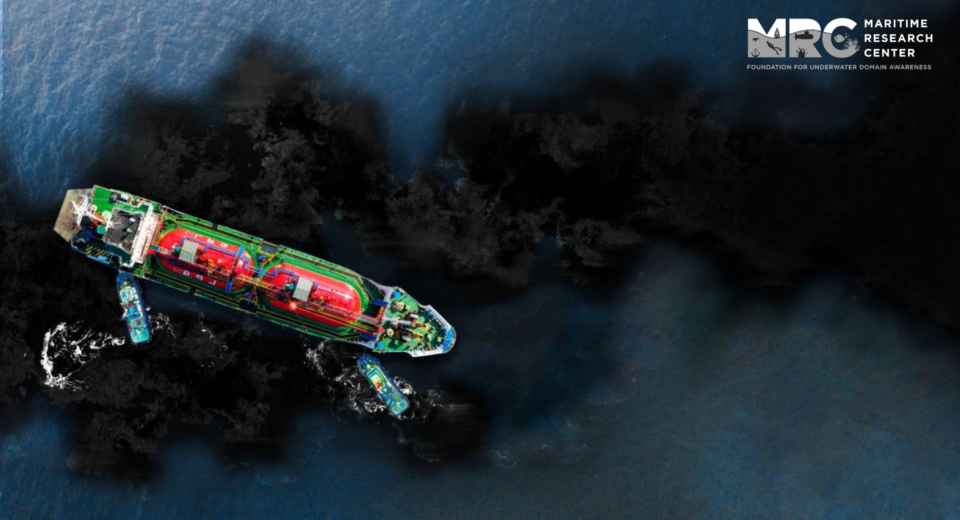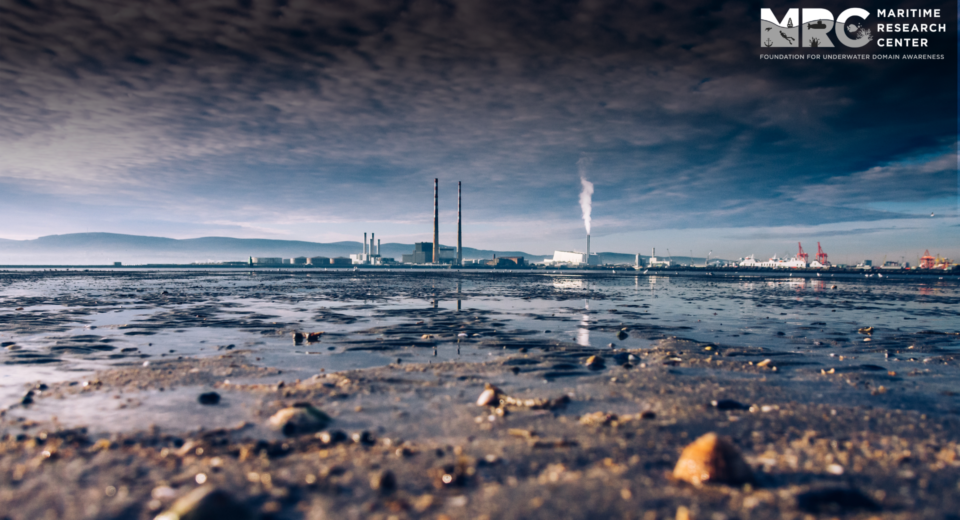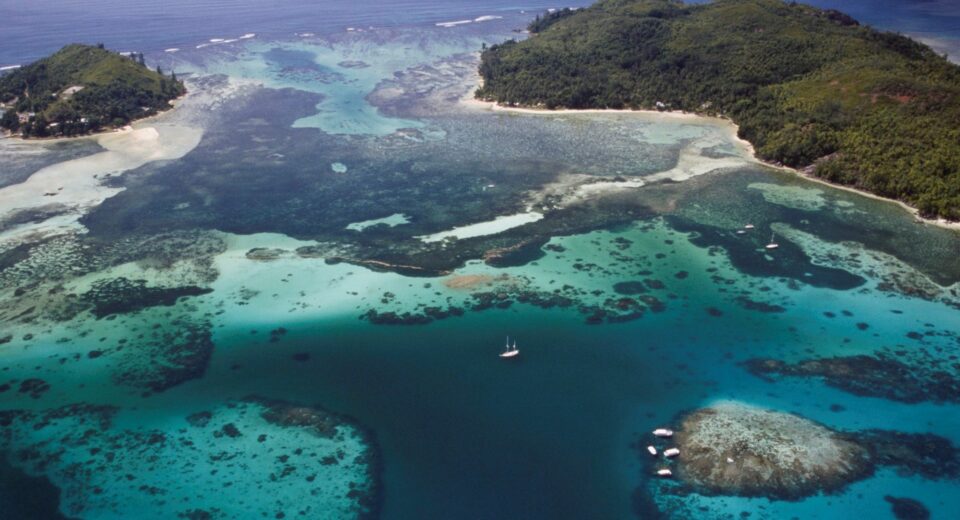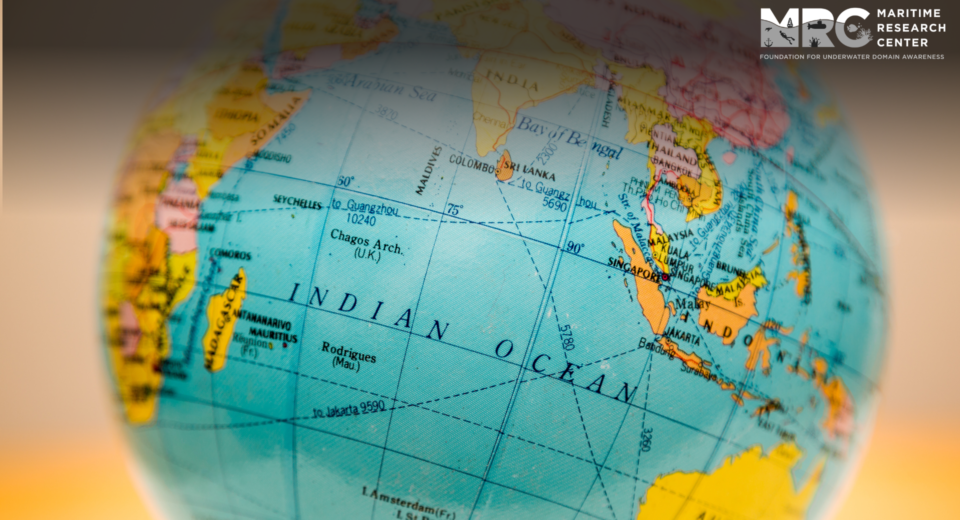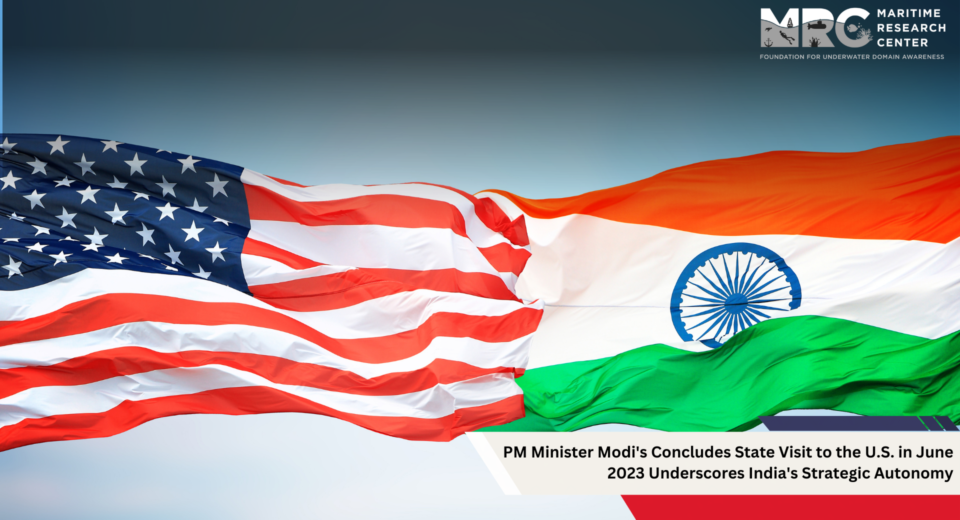Disseminating to Mitigate Oil Spillages: A UDA Perspective
Key Highlights The negative effects of oil spills do not halt with the local flora and fauna, which is often showcased, but instead extend deep up the food chain, and where a disaster reaches the food chain, it also reaches humans. Policy regulations can be made to ensure that fishing of a certain species or in certain areas is banned for the time following an oil spill to ensure the safety of consumers. The international trade of fish and shrimp may also be suspended, leading to massive GDP losses for those countries that bank on this aspect of trade. Effective UDA strategies that complement the three pillars of UDA applications – Policy, Technology and Innovation, and Human Resource Development- could train professionals to deal with oil spillages and ensure a professional clean-up and recovery standard. With the UDA’s strong confluence of scientific intervention and policy recommendations, the issue of oil spillages and their aftermath is one that the UDA can manage effectively. Introduction Both large and small oil spills have become a recurring environmental nightmare that devastates marine ecosystems and disrupts aquatic life. It does not end there either, as even humans can be directly or much more commonly indirectly affected by these oil disasters. When these oil spills are covered by the news, we commonly get to see the immediate aftermath that it has on the surrounding ecosystem, such as pictures of birds covered in oil and too heavy to fly. The negative effects of these oil spills do not halt with the local flora and fauna, which is often showcased, but instead extend deep up the food chain, and where a disaster reaches the food chain, it also reaches humans. The economic impact of an oil spill is very costly and commonly costs way more than the settlement that is paid by the corporations that let the oil spill happen. This article explores the intricate web of effects that oil spills have on marine life, the subsequent impact on humans, and the imperative need for preventative measures and efficient cleanup strategies. “The UDA Framework proposed by the Maritime Research Center, Pune, is a multidimensional approach that surrounds four stakeholders, one of which is environmental regulators, to ensure the conservation of the marine environment.” This article will explore how the UDA framework emerges as important in assisting the mitigation of the man-made disaster of oil spills that hampers marine biosystems and other cascading effects that will be explored further. Effects of Oil Spills on Marine and Avian Life The effects of these massive ecological disasters can be divided into two parts, the first part being the immediate effects of the spill and the second being the long-term impact of the oil spill on the marine life in the area and the local species’ recoveries. The most visible result of the effects of oil spills on animals is the animals we observe covered in oil. This commonly happens to birds that land on oil-covered water surfaces, but it can also happen to aquatic mammals that come up to breathe. When these animals get covered in oil, their fur and feathers insulating properties significantly decrease, leading to hypothermia. It also handicaps a bird’s ability to fly and chokes out the mammals that are trying to breathe. And it’s not just the mammals that need to come up to the surface to breathe that suffer. The fish and other small organisms that exist under the oil layer can also struggle to breathe due to the oil layer restricting oxygen exchange along the ocean’s surface. Hence, marine and avian biodiversity are impacted negatively. These can be some of the short-term effects or some immediate effects resulting from the oil that floats on the ocean surface. It is also possible, however, for oil to travel down to the ocean floor and settle as sediment that covers the seabed, including all of the plants and coral that exist there. Oil is lighter than water, so usually, it should only float on the top of the surface. This is true, and most of the oil does end up at the surface, but water columns, which reduce pressure in the water, can help oil travel down with the current, smothering coral reefs and other life on the seabed in the process (Gilbert, 2021). “The following picture was retrieved from the 2010 Deepwater Horizon Disaster in the Gulf of Mexico, the largest oil spill of recent times occurring due to an industrial disaster.” Figure 1. Sediment cores from the seabed preserve evidence of settled oil on the seafloor of the Gulf of Mexico (Gilbert, 2021) These detrimental effects on marine life can impact the local ecosystem’s biodiversity and reduce the ecosystem’s ability to recover. Further long-term effects of the oil spill will also hinder the ecosystem’s survivability, such as the toxic hydrocarbons that are released from the oil that poison the fish living in the ocean. Here, we must monitor what species of fish are affected, the current and flow of the ocean, and the extent of the toxic exposure to establish how far the toxicity has spread. For this, the UDA framework becomes integral as it directly informs the scientific intervention necessary for mapping this requirement during an oil spill disaster. Cascading Effects on Humans and the Economy Toxicity does not only spread between one species of fish. It can also contaminate other species of fish due to the accumulation of toxins when the fish are eaten by other fish higher up in the food chain. This food chain contamination is of great importance to humans, as we need to ensure that fish containing toxins are not consumed. Policy regulations can be made to ensure that fishing of a certain species or in certain areas is banned for the time following an oil spill to ensure the safety of consumers. However, the larger point is that an avenue of human sustenance essentially turns contaminated. If humans were to consume these contaminated fish, they could develop various


